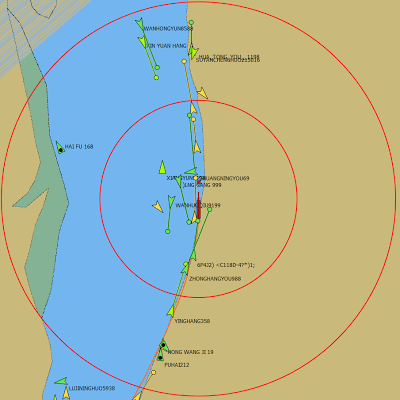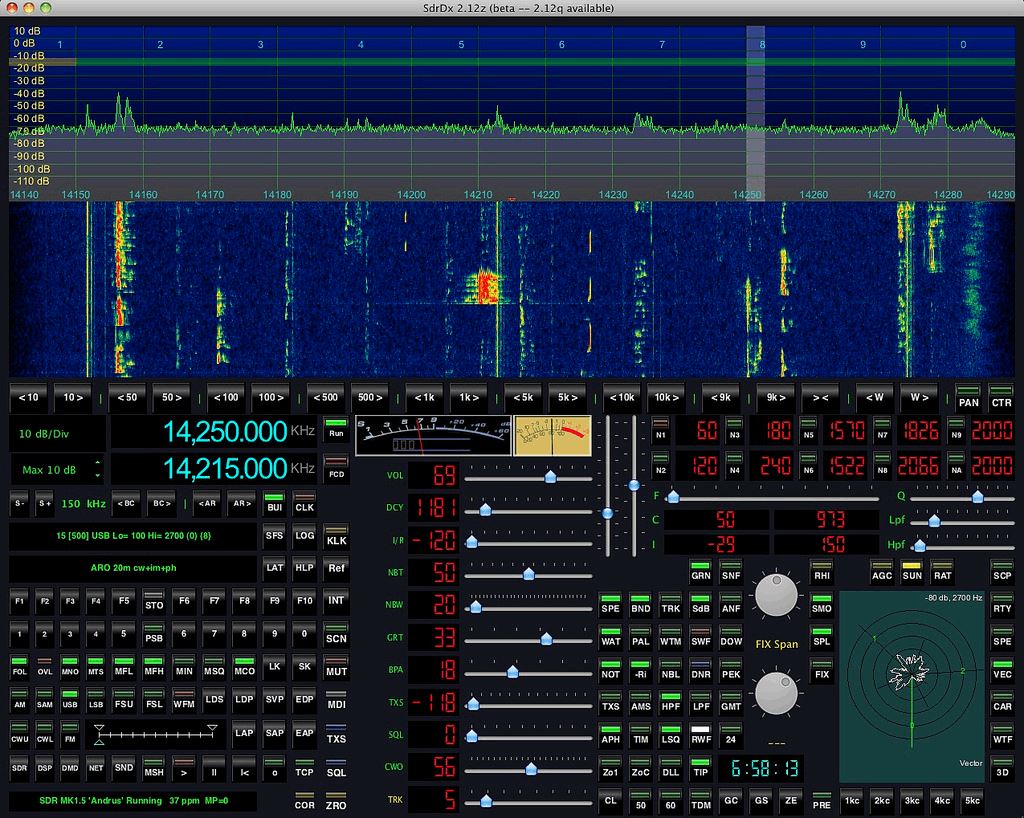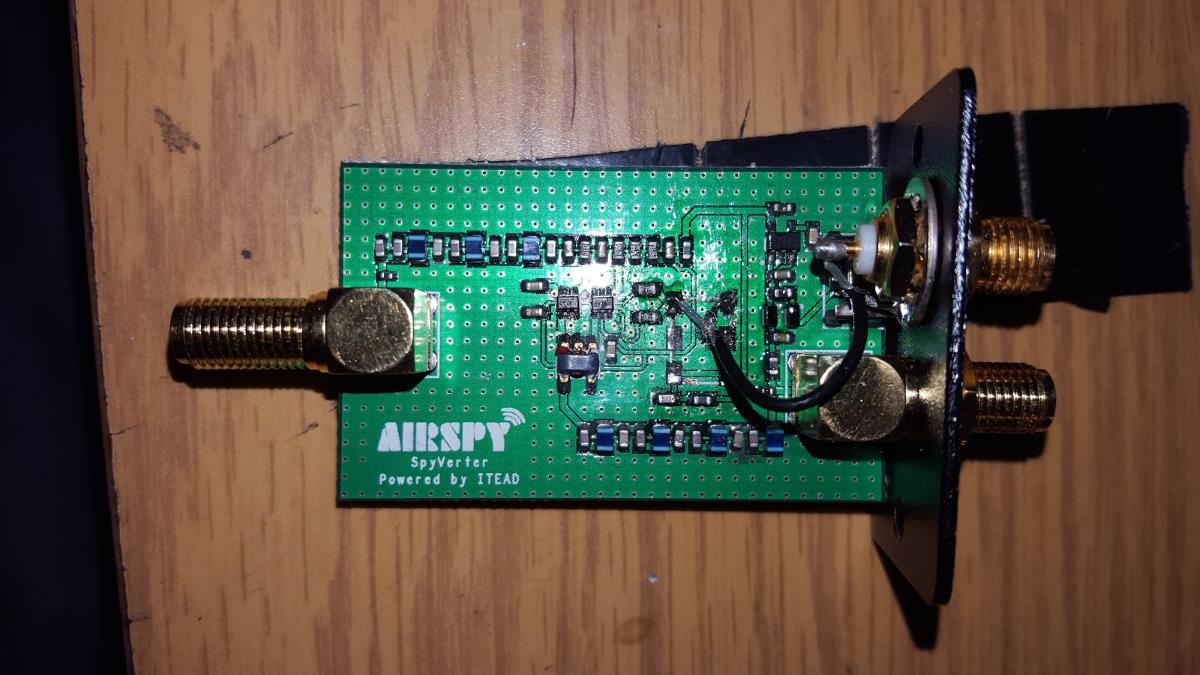AISRec: Windows and Android AIS Decoder
Back in 2015 we posted about the free trial version of AISRec a few times, but we never really saw a full completed version get released. So far this year the full version is still not released, but the programmer Jane Feverlay has created a website and uploaded the latest Windows version of their trial version software.
AISRec is an RTL-SDR compatible AIS decoder that is made for Windows and Android. AIS is an acronym for Automatic Identification System and is a system used by ships to broadcast position and vessel information. By monitoring AIS transmissions with the RTL-SDR we can build a boat radar system. We have a tutorial on this here (using other software).
The last time we tried AISRec we found that it had very good ability at decoding AIS messages, especially very weak ones and was by far the easiest AIS decoder to set up and use on Windows. The features include:
1. Work with all rtlsdr dongles. Allow future support for other SDR devices.
2. Stable reception of AIS signals at as low as SNR 7 dB.
3. Tolerance to frequency drifts > 30 ppm.
4. Dual-channel reception at 161.975 MHz and 162.025 MHz.
5. Channel selectivity > 56 dB.
6. Low CPU usage. No problem for Atom CPU and above.
7. Output all types of AIS messages (including Class A and Class B) in NMEA formats to UDP ports.
8. Convertion of AIVDM to AIVDO messages for your own ship.
9. Display of the received NMEA messages and the statistics.
The author of AISRec writes in an email to us an explains that the trial version has a time limit and an RX message count limit for each run, whereas the registered lite version will not. The pro version will have some additional features. Currently the author has no method for taking in paid registrations, but plans to have this ready in the future. We will post again once registration is available.




